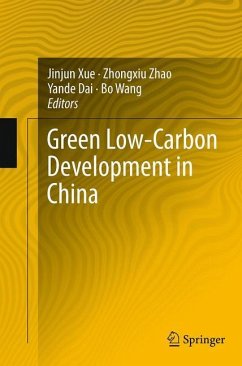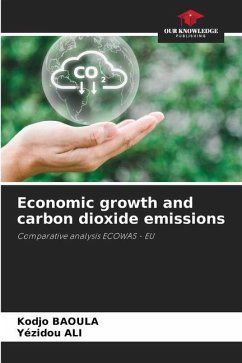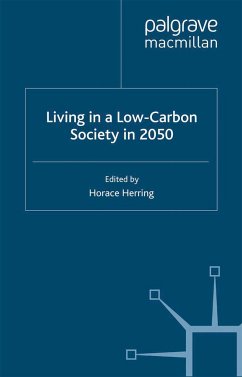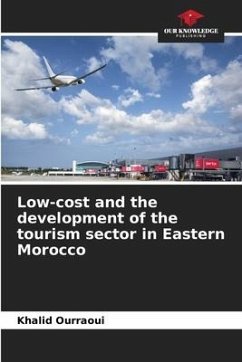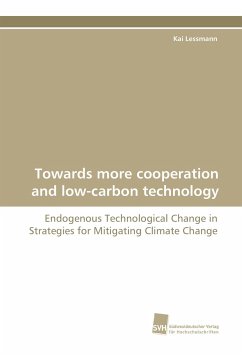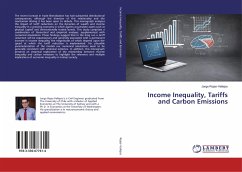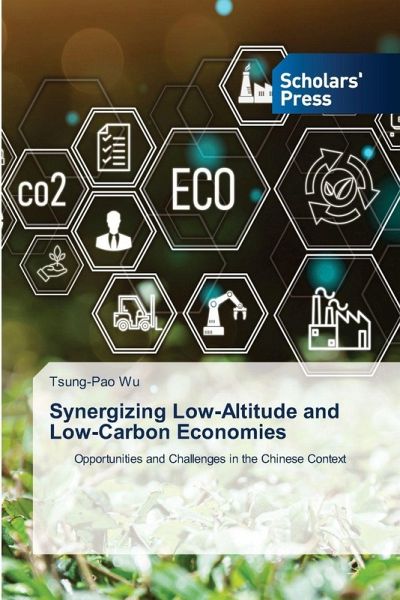
Synergizing Low-Altitude and Low-Carbon Economies
Opportunities and Challenges in the Chinese Context
Versandkostenfrei!
Versandfertig in 6-10 Tagen
69,99 €
inkl. MwSt.

PAYBACK Punkte
35 °P sammeln!
The evolution of China's economic landscape has always been marked by bold experimentation, strategic industrial planning, and an ongoing recalibration of growth imperatives. In recent years, two new trajectories have emerged that are shaping the contours of China's future development: the rise of the low-altitude economy and the pursuit of a low-carbon transition. Though each has its own logic, policies, and institutional apparatus, this book is premised on the view that their convergence is not only inevitable but also desirable-and even essential-for sustainable development in the 21st cent...
The evolution of China's economic landscape has always been marked by bold experimentation, strategic industrial planning, and an ongoing recalibration of growth imperatives. In recent years, two new trajectories have emerged that are shaping the contours of China's future development: the rise of the low-altitude economy and the pursuit of a low-carbon transition. Though each has its own logic, policies, and institutional apparatus, this book is premised on the view that their convergence is not only inevitable but also desirable-and even essential-for sustainable development in the 21st century.This book was born from a series of questions that emerged at the intersection of these two evolving domains. What happens when aerial mobility technologies-unmanned aerial vehicles (UAVs), electric vertical take-off and landing (eVTOL) aircraft, drone logistics systems-encounter the imperatives of decarbonization? How should China plan, govern, and finance the infrastructure of the skies while adhering to its climate commitments? More broadly, can the expansion of vertical economic activity be reconciled with the principles of ecological civilization?



